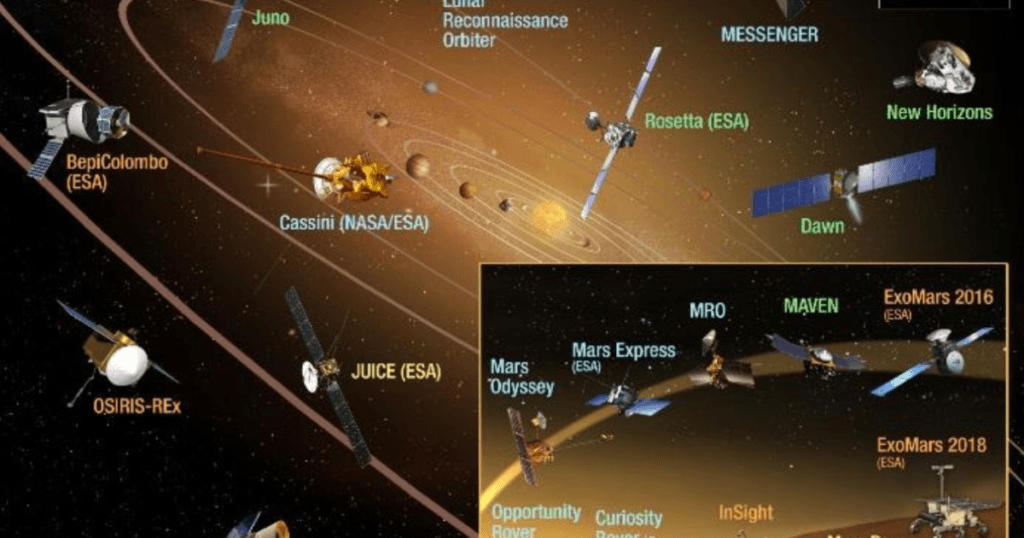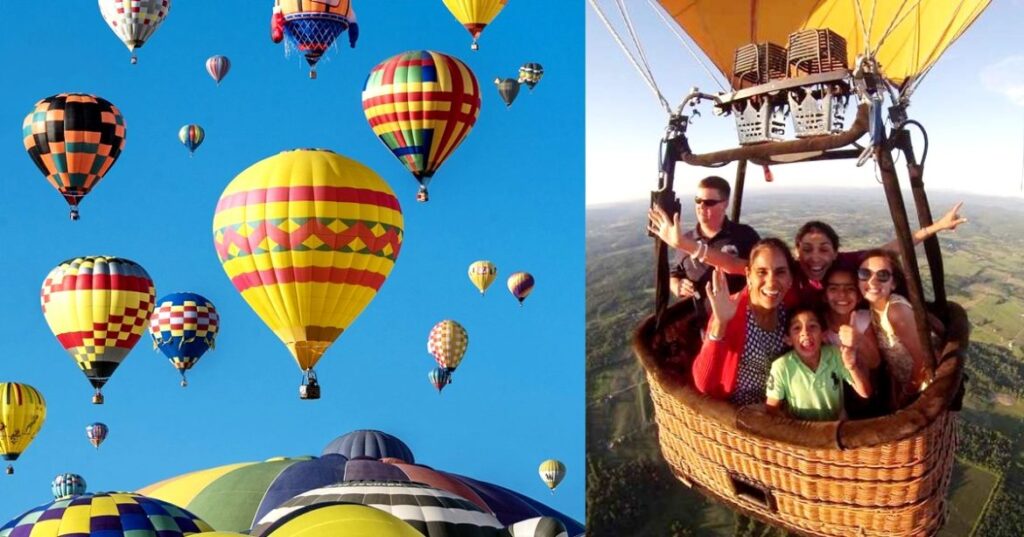WDA-Best NDA Coaching in Lucknow
Since our inception 7 years ago, under the captaincy of one of India’s leading youngest entrepreneurs – Mr. Gulab Singh. Hundreds of our candidates have been selected and many of whom have attained top ranks in final UPSC merit. #WDA-Best NDA Coaching in Lucknow
- The institute has highly qualified and reputed team instructors each fully devoted to providing unparalleled education for NDA/CDS/SSB/AFCAT/CAPF.
- The task of teaching transcends the classrooms so as to guide the students to realize their highest potential, and to encourage them to optimize the results.
- Involvement and excellence in extracurricular activities like SSB guidance, personality development, debates, team games, lecture, etc feature in the training.
- Our aim at the academy is to make the students imbibe discipline and groom moral and ethical values. Come, be a part of this success story, and fulfill your desire for joining the reputed Indian Armed forces and serving the nation.
Best NDA Academy in Lucknow | Join WDA Lucknow – Warriors Defence Academy deeply appreciative and offer you our most grateful welcome. We are happy to announce that Ex. GTO Officer Colonel R. K. Tiwari Sir going to Join our Academy to Guide NDA and CDS aspirants For SSB. WDA is the Best NDA and SSB Coaching in Lucknow India.
Warriors Defence Academy is the Best NDA Coaching in Lucknow. We are the Leading Coaching Institute for NDA/CDS/AFCAT/Army/Air Force/Navy Located in Lucknow. Warriors Defence Academy has the Largest GTO Ground in India. The Aspirants of Defence Services are guided by Ex. Defence Officers. WDA was also Awarded as Best NDA Academy in Lucknow.
Address: 545-GA/1-CHHA, Chandganj Garden Road, beside Madhuwan Guest house, near Railway crossing, Kapoorthla, Bara Chandganj, Chandralok, Lucknow, Uttar Pradesh 226006
Website: https://warriorsdefenceacademy.com/
Website: https://www.warriorsndaacademy.com/
Call Now: 07081011964
High – Altitude Balloons
The US and China have traded charges of spying on each other using balloons. For what purposes are balloons usually sent into the air? What makes them useful for surveillance, and how common is such use?
THE UNITED STATES and China are currently involved in an extraordinary standoff over allegations of espionage through high-altitude balloons. Last week, the US downed three unidentified ‘objects’ flying over its air-space and that of Canada. The downed objects have not yet been recovered, so it is not clear whether these were balloons.
But the first incident, on February 4, in- evolved a Chinese balloon that Beijing claimed was meant for research purposes and was accidentally blown off course by the wind. The US has also claimed that Chinese balloons entered its airspace on at least four earlier occasions, remaining undetected at that time. China, in turn, has accused the US of sending surveillance balloons over its air space at least 10 times since last year.
High-altitude balloons

Balloons have been in frequent use for several decades now, though the first uses go back at least 200 years. They are used mainly for scientific purposes but increasingly for tourism and joy rides, surveillance, and disaster relief and rescue.
The bigger balloons can be as large as a football stadium, go up to 40-50 km from the ground, and carry a few thousand kilograms of payloads. Most of these are built of thin sheets of polyethylene, like the common plastic bags, and are filled mostly with helium gas. Balloons can stay in flight from any- where between a few hours to a couple of months. Those that are meant to remain in air for long and go higher up in the atmosphere are made of more advanced materials for increased sturdiness.
Balloons typically have a basket attached to them, called gondolas, that carry instruments or human beings. In unmanned flights, the gondolas are also attached to a parachute. Once the job of the balloon is done, a device in the gondola is triggered to snap its ties with the balloon as well as create a rupture in the fabric of the balloon. With the help of the parachute, the gondola then glides down to the earth, followed by the ruptured balloon. The possible landing zone is calculated ahead of the flight based on weather conditions.
Scientific missions

The most common use of balloons is in scientific research. In a way, balloons equipped with instruments were able to per- form the functions of a satellite before the space age dawned. Even in the times of advanced satellites, there are situations in which balloons are considered more suitable. Weather agencies routinely use balloons to make measurements – of air temperature, pressure, wind speed, and direction, and aerosol concentrations.
Because of the high altitudes that today’s giant balloons can attain, they are considered useful for astrophysicists and even space agencies. These are relatively clear spaces, much above the heights at which airplanes fly and far below the nearest orbits, about 200 km from earth, where satellites are placed. Very often, they offer better opportunities to observe specific parts of the earth and are also thousands of times cheaper than satellites.
Moreover, because the balloons are brought down after their job is done, the instruments used are recoverable and reusable.
NASA has a full-fledged balloon program that does four-five launches every year. Several universities and research institutions also use balloons for research work.
Balloon-based experiments have resulted in at least two Nobel prizes for Physics, in 1936 and 2006.
Surveillance

High-altitude balloons are tempting vehicles for espionage operations, though their use is not known to be very common. Drones and satellites are used more frequently, and spy planes have been in use since World War I. But here again, balloons have certain advantages. They can hover over an area for a prolonged time. Big balloons can carry a few thousand kilograms of payload, which means they can be packed with spying instruments.
The biggest advantage is the greater prospect of their remaining undetected. Because of their relatively slow movement, balloons are mostly flagged as birds by de-fence radars, thus escaping attention. In fact, the US has now said it will recalibrate its radar systems to detect slow-moving objects.
Balloons lack the sophisticated navigation systems of an aircraft, drone, or satellite, being largely on the mercy of wind speed and direction. But the balloon that was downed on February 4 seemed to have a solar panel attached to it, which has given rise to the possibility of it powering an onboard propulsion device.
Ballooning in India

Scientific balloons have been used in India for more than 70 years, the first one having been sent in 1948 by Homi Bhabha for cosmic ray research. The Mumbai-based Tata Institute of Fundamental Research (TIFR) started balloon fabrication work in the 1950s, and several balloon flights were launched from Mumbai and Hyderabad.
Sometimes later, in 1969, the TIFR opened a full-fledged Balloon Facility in Hyderabad, which remains India’s largest such facility today. Scientists from different research institutions have used it to launch more than 500 flights till now. It is regularly used by the space institutions under ISRO, and weather research institutions like the Indian Institute of Tropical Meteorology in Pune.
Institutions like the Bengaluru-based Indian Institute of Astrophysics and Hyderabad’s Osmania University, as well as some private educational institutions, also have balloon programmers.
